7 Vegetables To Plant In April: Start Indoors Or Outside For A Bumper Summer Harvest
Achieve your growing ambitions with these best vegetables to plant in April – including cold-hardy crops to sow direct and tender varieties to start indoors
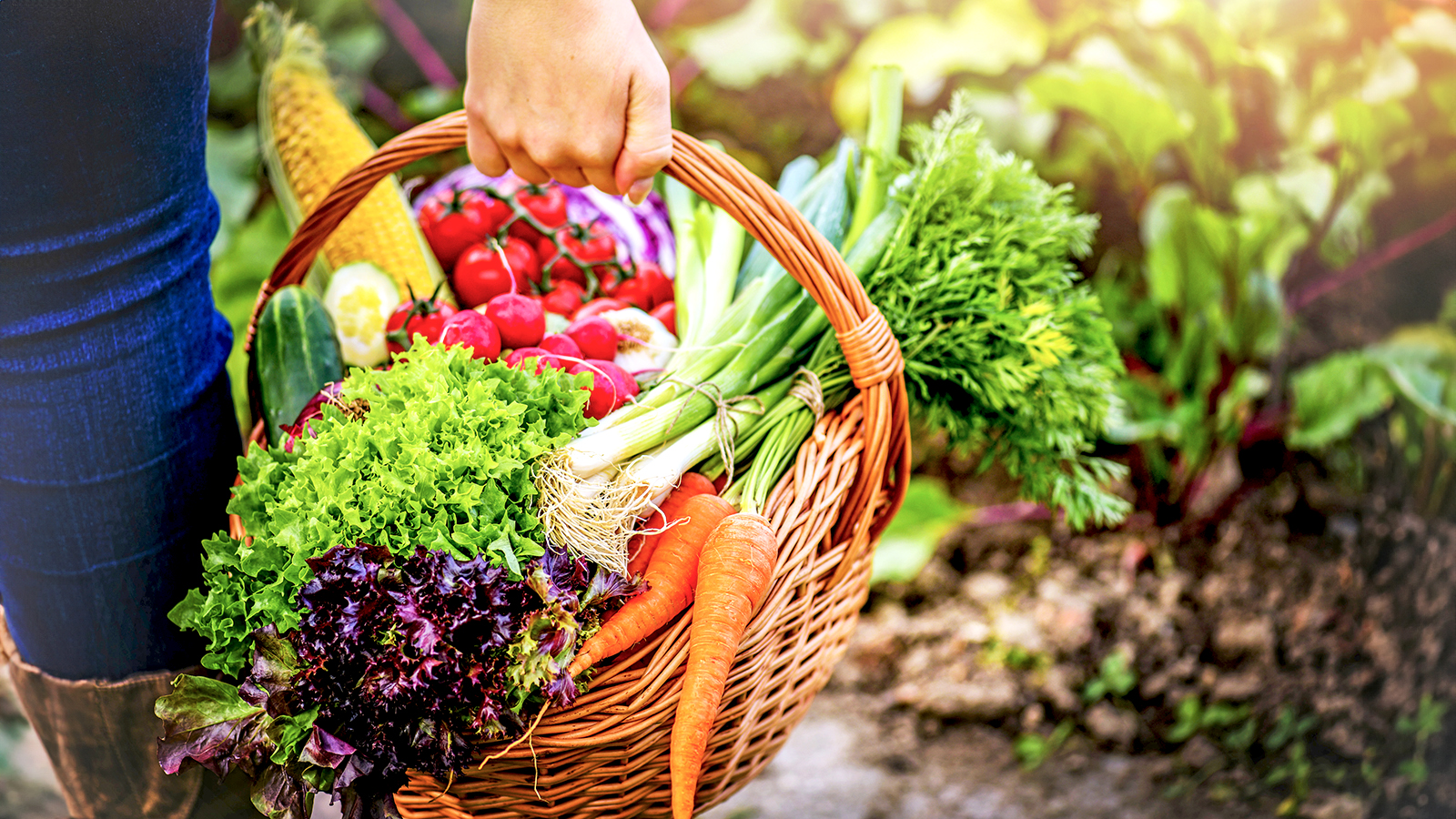

Spring is in full swing in April for most gardeners. You may have already started some vegetables that grow well in cooler weather or have long maturity times. But, depending on where you garden, there are still many vegetables to plant in April.
If you're starting a vegetable garden this spring, then it's vital to understand your climate and its compatibility with the crops you want to grow. Starting seeds indoors is best for some veggies at this time, while for others you can direct sow seeds outside in the garden. Exactly which seeds you’ll start inside or out depends on the type of vegetable, your USDA hardiness zone, and the last frost date.
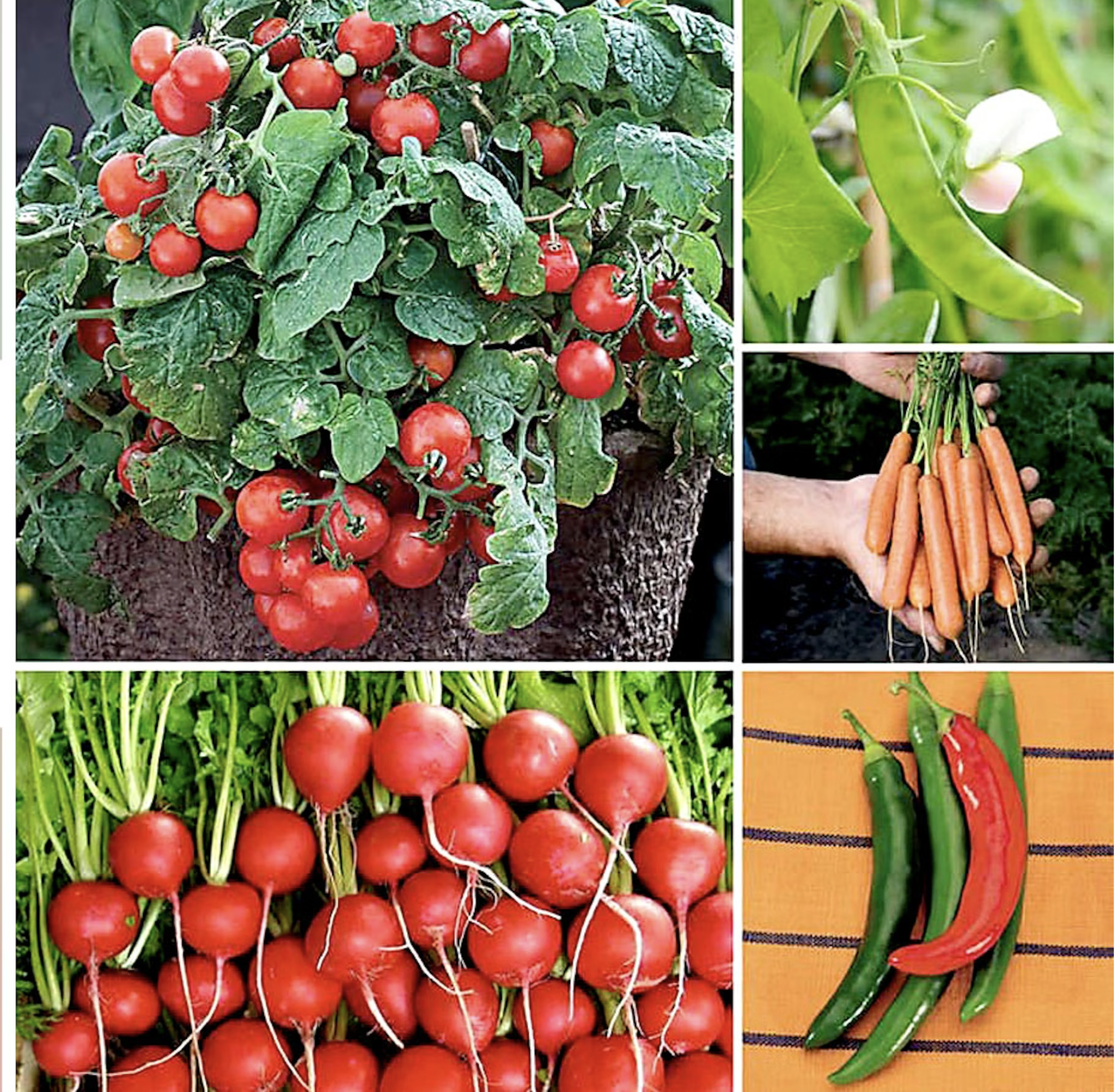
Our expert-curated vegetable seed collections contain everything you need to start growing your own organic produce, from container collections to grow kits.
Vegetables to Plant in April
Almost all gardeners can get busy planting our recommended vegetables for April. Depending on your zone, planting seeds outdoors may be possible for hot-weather vegetables in April. However, most gardeners can sow seeds for cold-weather vegetables outside at this time. Gardeners in cooler zones with late frosts should start warm-weather crops indoors around six weeks before the last frost date.
When starting seeds indoors, use a seed-starting tray with a lid, small pots, or other suitable containers with drainage holes. You can find a range of pro-quality trays, humidity domes, drip irrigation lids, and growing kits in the Gardening Know How Shop.
As well as these crops to start in April, you can also grow all of our recommended vegetables to plant in March.
1. Beans
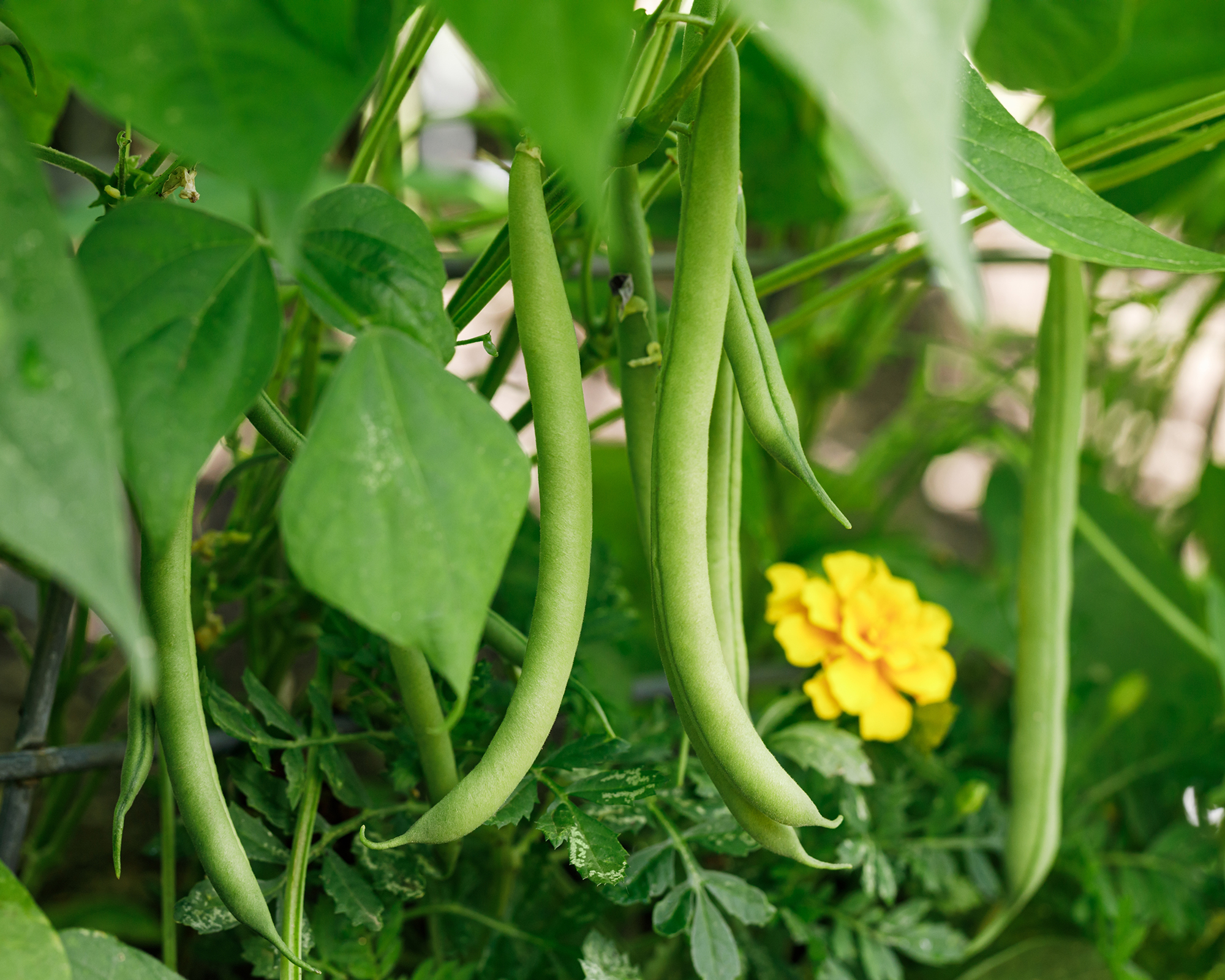
Growing green beans is easy, and they are a staple of many vegetable gardens. The soil temperature for starting beans outside should be at least 60°F (16°C), but generally, if you are in zones 6 and up, you can start your beans outside now. Sow every week to ten days for a continuous harvest.
If you’re planting pole beans by direct sowing outdoors, be sure to provide a support, such as a trellis, that they can climb as they grow. There are many wonderful vegetable trellis ideas that will maximize your harvest. If you are in a colder zone, you can start beans indoors, but they are sensitive to transplanting. Be very careful with the roots when you move them outside.
Gardening tips, videos, info and more delivered right to your inbox!
Sign up for the Gardening Know How newsletter today and receive a free copy of our e-book "How to Grow Delicious Tomatoes".
There are many types of beans to grow in the garden. But for a reliable bush bean that's compact yet still delivers a bountiful harvest, you can't beat Endeavour, available in the Shop. It's a dwarf variety suited to a range of climates and is highly disease resistant.
2. Beets
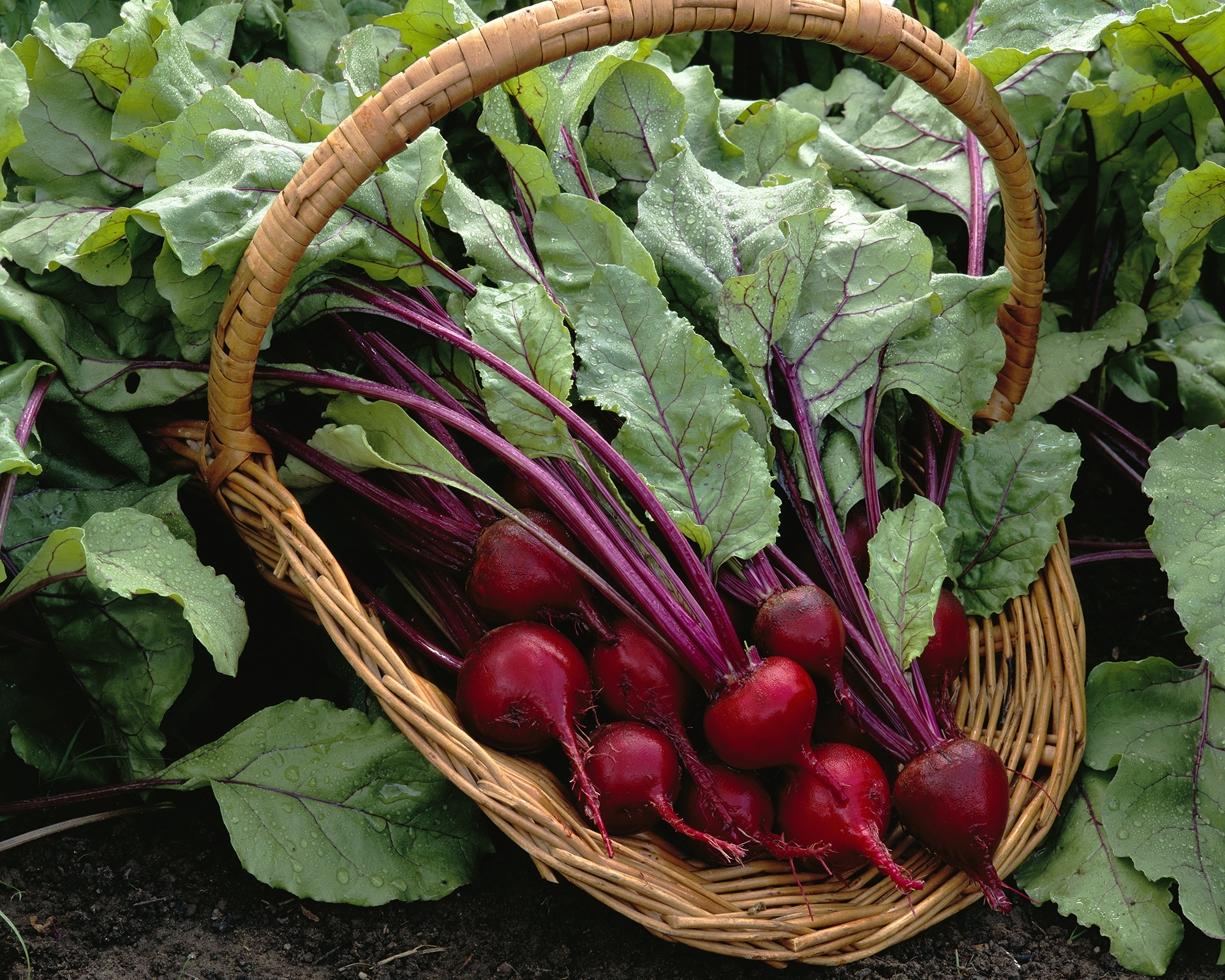
Beets' roots are pretty cold hardy, so most gardeners can direct sow seeds outside in April. Ideally, the minimum soil temperature for growing beets is 45°F (7°C), but you can also warm the soil a little to get a head start in colder areas. You can harvest the greens and roots early for sweet baby beets and salad greens or let them mature for a later harvest.
One of the best beet varieties to grow is the Detroit Dark Red beet, available in the Shop. It's a heritage variety dating back to 1892 with a tender sweetness and smooth texture that makes it delightful both eaten fresh and canned.
3. Corn

April is a great time in many zones to begin sowing corn seeds outside. The best time to start sweetcorn is a week or two after the last frost when the soil is at least 60 to 65°F (16 to 18°C). When growing corn, the seedlings should not be exposed to air temperatures less than 50°F (10°C). Protect them with a row cover if you have a cold spell.
Corn is not traditionally started indoors, as it doesn’t transplant well, but it can be done. If it’s too cold to start corn outside in April, start seeds indoors about two weeks before the last frost. Transplant them outside as soon as it’s warm enough, and be very careful with the roots.
There are many corn varieties to choose from, but our top pick is Corn Ambrosia Hybrid, part of our Ultimate Garden Seed Collection, featuring juicy, sugar-enhanced ears with white and yellow kernels.
4. Tomatoes
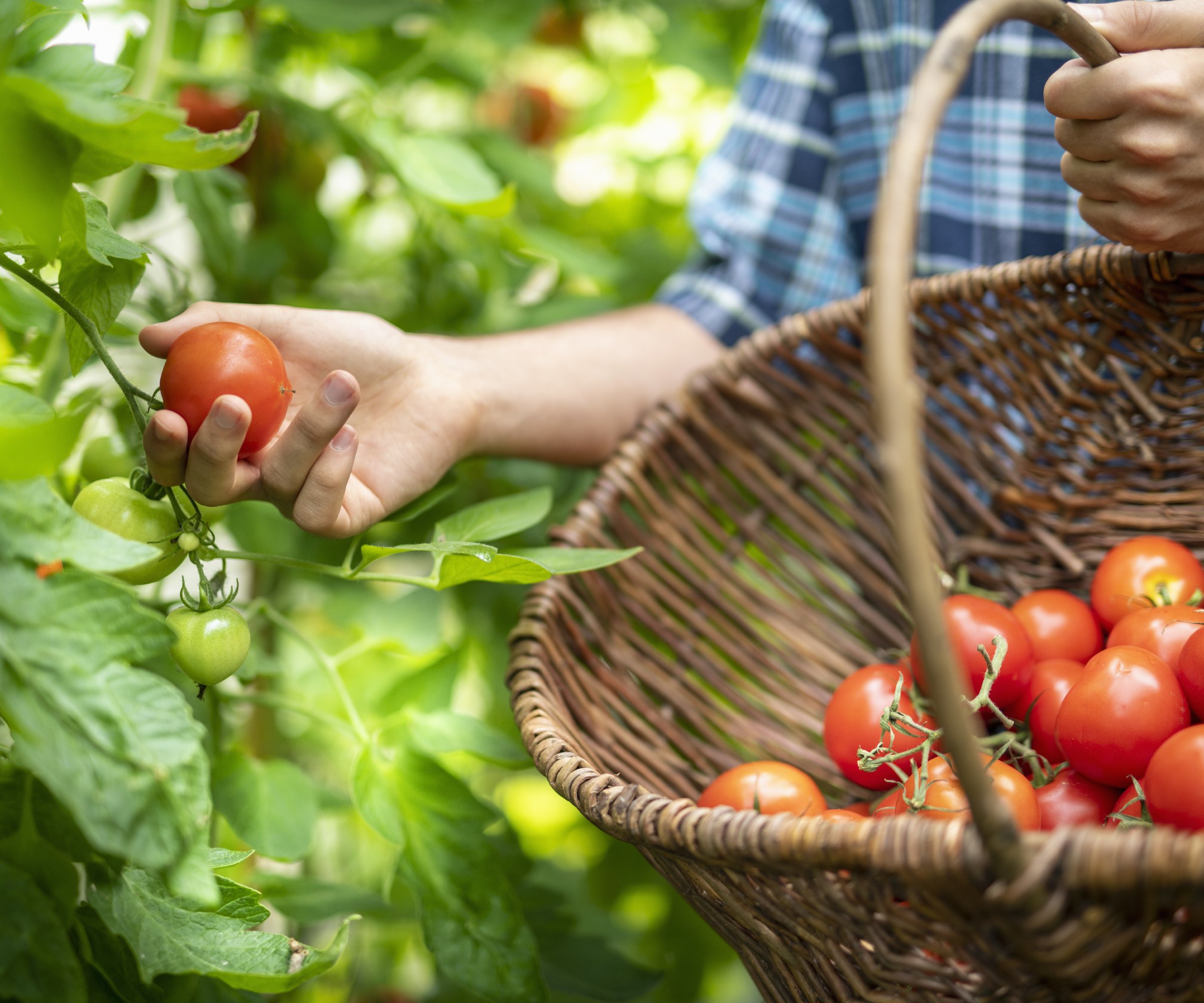
Growing tomatoes is an almost universally loved pastime. These versatile cooking staples are delicious eaten fresh from the vine, and there is such a wealth of varieties to choose from. Browse our Tomato Growing Essentials in the Shop for the tastiest varieties, growing kits, and perfect tomato planters.
Tomatoes thrive in hot weather and do not tolerate cold temperatures. Not many places are warm enough to start seeds outside in April, but almost all gardeners can start tomato seeds indoors now. The best time to start is five to six weeks before your last frost date.
Tomato seeds and seedlings must be kept warm indoors. Use a heating pad under your seed tray if necessary. The soil should be at least 70°F (21°C).
5. Carrots

April is an ideal time for growing carrots outside in most hardiness zones. The soil should be at least 60°F (16°C). If you live in a colder zone, you might need to wait until May or grow carrots in large pots indoors that you can move outside. Transplanting carrots is not recommended.
These root vegetables grow pretty quickly, so be sure to start thinning seedlings right away and be ready to harvest by June.
Carrots are such a versatile staple that it makes sense to grow more than one variety. For a classic allrounder crop, try Nantes carrots, available in the Shop. Or, for something more unique, grow Rainbow Blend carrots, featuring five different hues for a colorful plate.
6. Peas
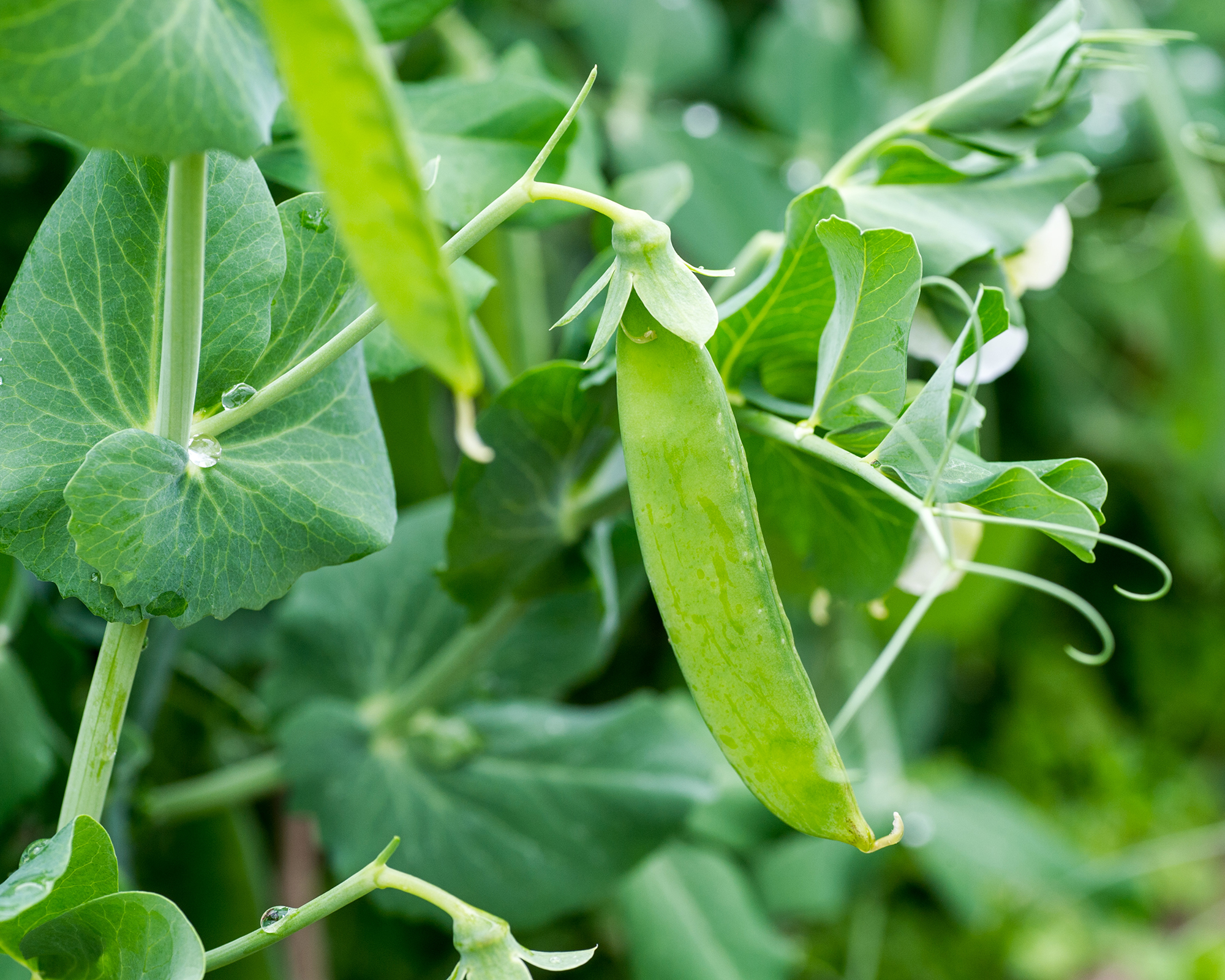
Snow peas and sugar snap peas grow well in cool spring weather and begin to struggle in the heat of summer. Early April is a great time to start peas outdoors in many areas. This timing provides enough cool spring weather to get in a harvest before summer.
In warmer climates, where temperatures begin to soar in May, it's better to start peas earlier, in March. Alternatively, you can plant a late summer crop.
If you're growing in a small space, you can't beat Dwarf White Sugar Snow Peas, part of our Ultimate Container Seed Collection. The sweet, tender, and stringless pods are perfect for fresh snacking or adding to recipes.
7. Strawberries

OK, this isn’t a vegetable, but growing strawberries is a must for many gardeners. If you’re in zone 5 or warmer, April is a good time to put strawberry crowns in the ground outside for a summer harvest.
Prepare the bed well in advance of planting. Removing weeds now will make maintenance much easier later. For a harvest in your first year of planting, choose day-neutral strawberry varieties.
Tips for Starting Seeds in April
It’s important to know how to start seeds to give your veggies the best chance of success. Always use a high-quality, sterile seed-starting mix to fill containers. Moisten the mix and then sow the seeds according to the seed packet instructions. Keep your seed trays and seedlings warm and moist as they germinate and grow.
To get enough warmth, consider using a warming pad under the trays. Adding a lid over the tray, such as a humidity dome, will help to keep the potting mix warm and moist. This should be removed once seedlings have developed
When sowing seeds outside, start by preparing the soil. Rake the soil and mix in compost or other amendments as needed. Remove any weeds, rocks, and other debris. Moisten the soil and sow seeds according to proper spacing and depth as described on the seed packet. Keep the soil consistently moist. If the weather takes an unexpected downturn, use covers to protect your seeds or seedlings until temperatures rise again.
These are basic and general instructions for starting seeds. It’s important to follow specific directions for each type of vegetable you grow. This includes timing seed starting according to the last frost date and following the recommended depth and spacing for each type of vegetable.
More Growing Inspiration
- Grow the best tomatoes for containers! These 10 tastiest varieties offer plentiful produce in compact areas.
- Browse seed-starting essentials in the Gardening Know How Shop – from the finest non-GMO seeds, to growing kits, and pro-quality seedling trays and lids.
- Maximize your vegetable harvest with these raised bed garden layout ideas that will create a beautiful and productive growing space.
- What are the easiest herbs to grow from seed? Just about anyone can grow these 8 beginner-friendly edibles.
- Want more growing inspiration and exclusive offers delivered direct to your inbox? Sign up to the Gardening Know How Newsletter!
This article features products available from third party vendors on the Gardening Know How Shop.

Mary Ellen Ellis has been gardening for over 20 years. With degrees in Chemistry and Biology, Mary Ellen's specialties are flowers, native plants, and herbs.
-
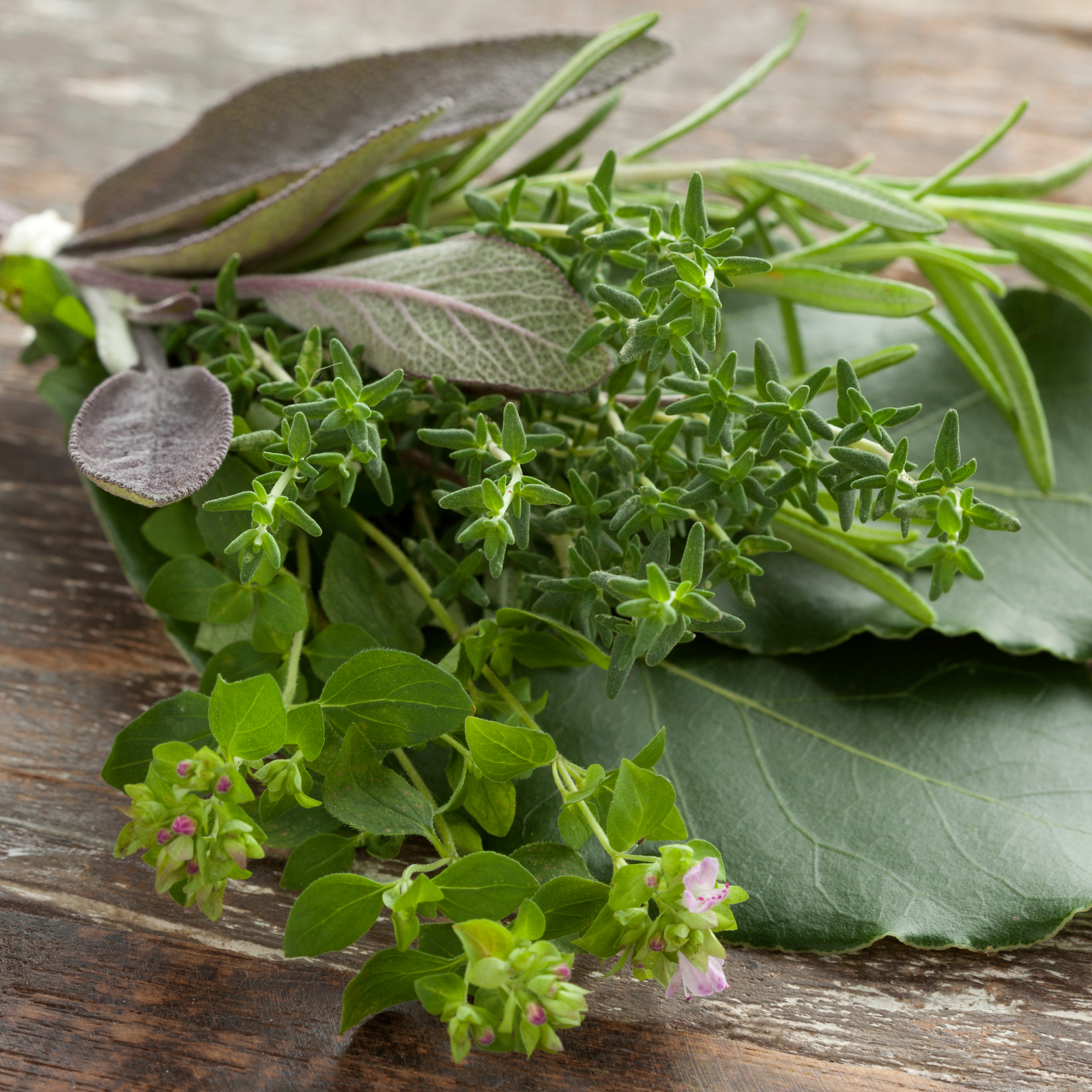 How To Make A Bouquet Garni Or Herb Bundle For Cooking
How To Make A Bouquet Garni Or Herb Bundle For CookingIf you’re a great cook, you may have made an herb bundle before. If this is a new idea, learn how to add sparkle and interest to your dish with a bouquet garni.
By Amy Grant
-
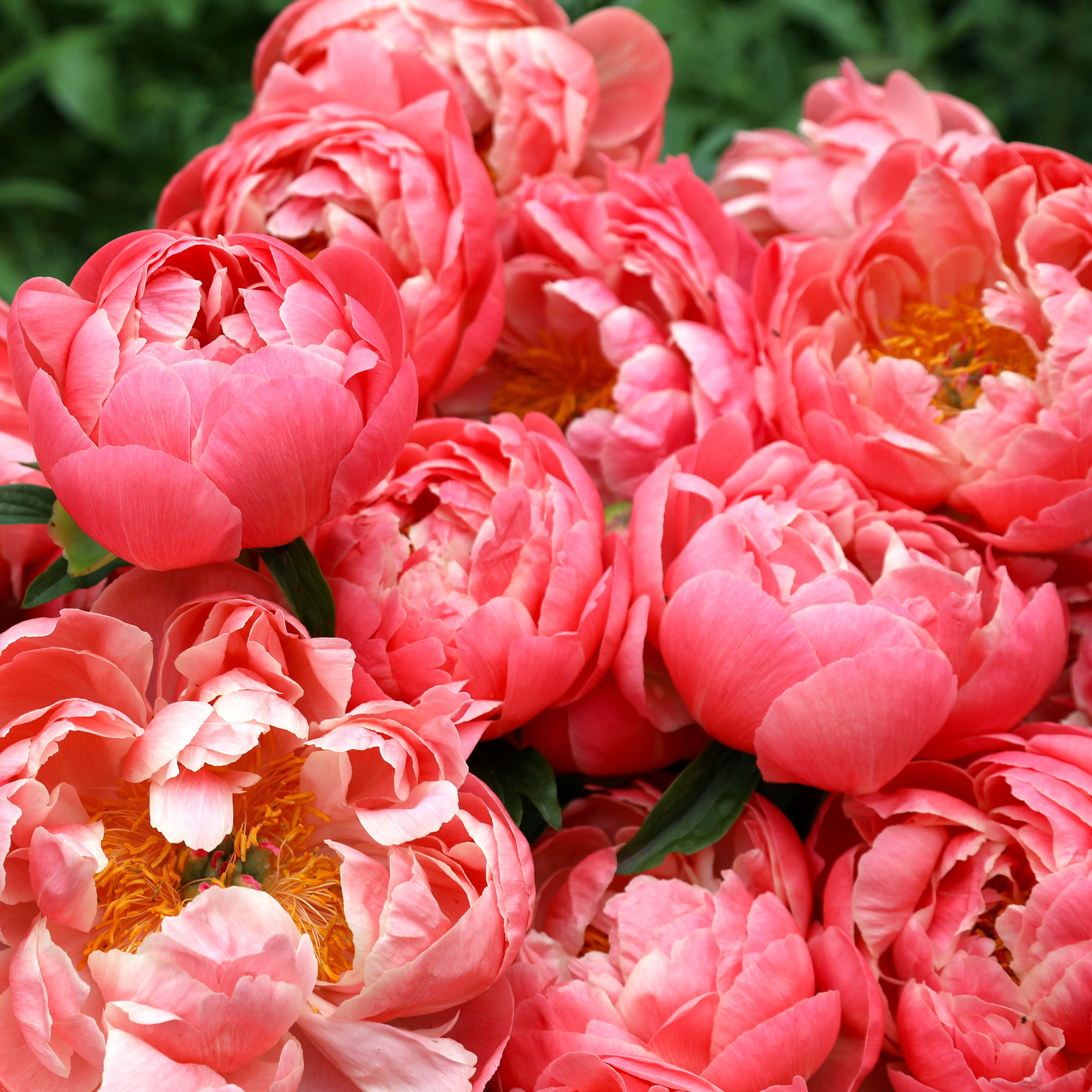 ‘Coral Charm’ Peony Care For Sublime Semi-Double Peonies With Lush Salmon Pink Flowers
‘Coral Charm’ Peony Care For Sublime Semi-Double Peonies With Lush Salmon Pink FlowersPeonies are known for their soft baby pink or magenta tones, but if plushy coral blooms are your thing, here’s our guide to the ultimate ‘Coral Charm’ peony care
By Tonya Barnett